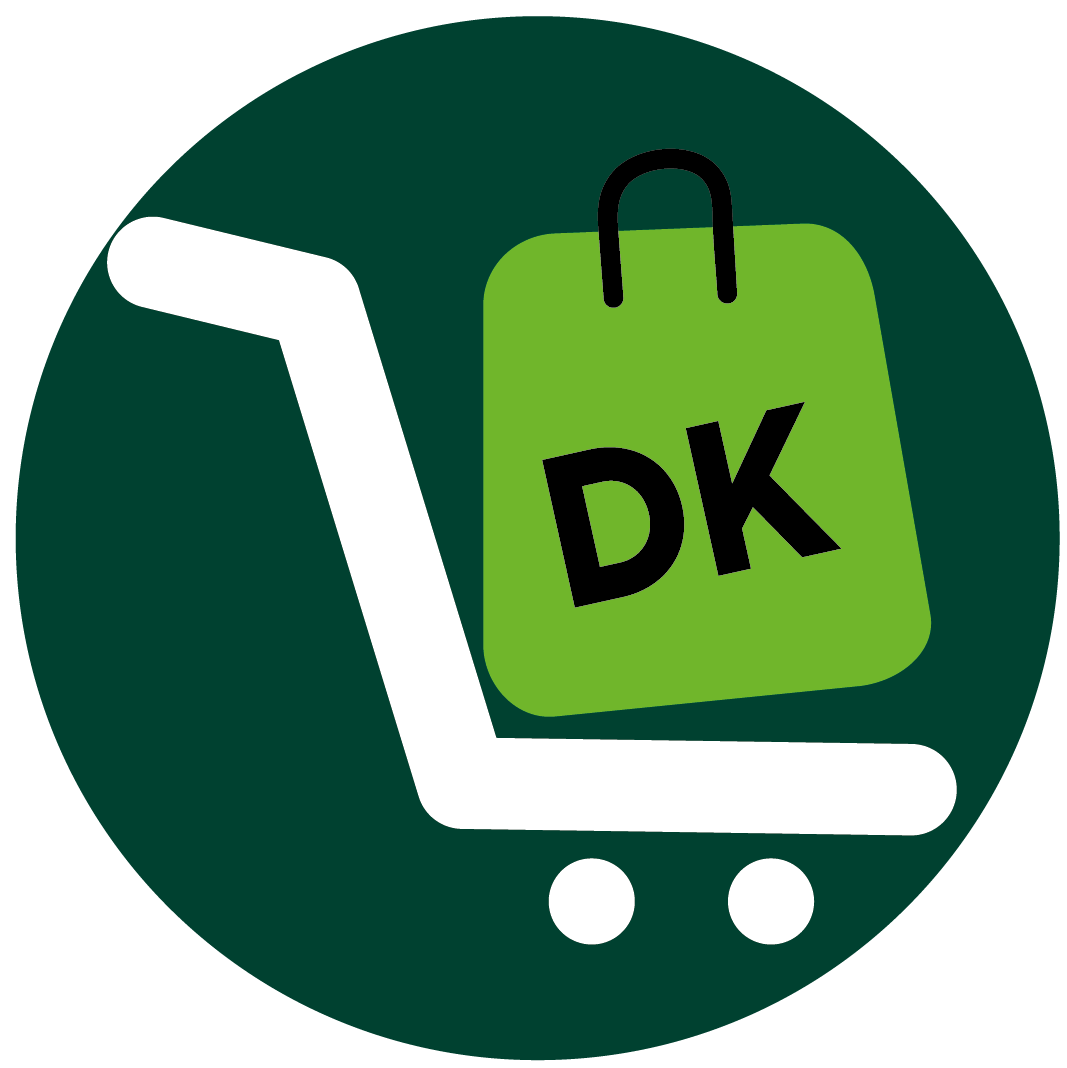Embark on the thrilling journey of dropshipping, where the fusion of technology and commerce creates a seamless stream of income with minimal effort. Automation is the key that unlocks this realm of opportunity, which transforms your dropshipping venture into a well-oiled machine that operates with precision and efficiency.
Imagine your business thriving as you leverage cutting-edge tools that synchronize inventory, process orders, and handle customer service with unparalleled agility. These tools are not just your helpers; it’s your silent partners, tirelessly working behind the scenes to ensure your store runs smoothly, even while you sleep.
Imagine the freedom that comes with automation. You’re no longer tied down by the mundane tasks that once consumed your days. Instead, you focus on growth, strategy, and reaching new heights. Your role evolves from manager to visionary, steering your business towards success with a clear mind and a confident heart.
Imagine feeling really happy because your online store is running smoothly on its own. You don’t have to do anything, and you see new orders coming in. Also, your customers are getting what they want quickly. At the same time, the companies that supply your products are keeping track of their items instantly to know how much the companies have. Plus, your online store adjusts smartly to how many people are buying things, whether it’s a lot or a little at different times. This is what makes dropshipping great. It’s like all the parts of your business are working together perfectly, like musicians in an orchestra, to make money and make running your business fun.
Dive into the world of automated dropshipping and discover the power of letting technology take the reins. With each step forward, you find more time, freedom, and potential. This is your moment to shine and to embrace the future of e-commerce, where automation is not just an option but the cornerstone of a thriving, dynamic business. Start now, and let automation elevate your dropshipping journey to new heights.
To automate your dropshipping:
- Choose the Right E-Commerce Platform
- Integration with Suppliers
- Automating Order Processing
- Setting Up Auto-responders for Customer Service
- Utilizing Marketing Automation Tools
- Implementing Pricing Automation
- Automating Financial Management
- Monitoring and Analyzing Performance
Recap
1. Choose the Right E-Commerce Platform
Your journey begins by selecting an e-commerce platform that is conducive to automation. This platform is the bedrock upon which your dropshipping empire stands.
Ensure it offers seamless integration with dropshipping suppliers and the ability to automate inventory management, order processing, and customer communications. The right platform is user-friendly yet robust and capable of scaling with your growing business.
This must support various automation apps and plugins that can handle tasks ranging from pricing adjustments to email marketing. This choice is pivotal, as it determines the efficiency and scalability of your operations.
>>> MORE : YouTube Marketing Hacks for Online Store
2. Integration with Suppliers
To automate your dropshipping, integrate with suppliers.
Establish a direct link between your store and your suppliers’ systems. This connection is vital for maintaining real-time inventory updates, which prevents the sale of out-of-stock items. It also enables the automatic forwarding of customer orders to suppliers for fulfillment.
This integration ensures that your product offerings are always current and that orders are promptly processed and shipped, leading to higher customer satisfaction.
3. Automating Order Processing
Automating the order processing workflow is important. As soon as your customer places an order, the system needs to automatically generate invoices, send confirmation emails, and update inventory levels.
This automation reduces the likelihood of human error and accelerates the entire process, from sale to shipment. It allows you to handle a larger volume of orders with precision and without the need for additional staff.
4. Setting Up Auto-responders for Customer Service
Customer service is evolving with the integration of automation technologies. Auto-responders, a form of this technology, are revolutionizing the way you interact with your customers. These automated systems are designed to provide instant replies to frequently asked questions, confirm orders, and inform customers about the status of their shipments. This immediate communication ensures that your customers receive timely acknowledgments, creating a more efficient customer service experience.
The beauty of auto-responders lies in its ability to be meticulously programmed because of its use to address a wide array of basic inquiries, which, in turn, allows customer service teams to focus their expertise on resolving more intricate and unique customer issues that necessitate a human touch. By handling routine questions and updates, auto-responders alleviate the pressure on customer service representatives, which enables them to dedicate more time to complex problem-solving and provide personalized assistance where it is most needed.
Moreover, the use of auto-responders can lead to a significant decrease in the overall response time. Your customers no longer have to wait for extended periods to get answers to their basic questions. This swift response capability not only enhances customer satisfaction but also streamlines the workflow within the customer service department. As a result, you can maintain high standards of service while managing your resources more effectively.
>>> PRO TIPS : Pinterest Marketing Hacks for Online Stores
5. Utilizing Marketing Automation Tools
Marketing automation tools can take over repetitive tasks such as scheduling email campaigns, posting on social media, and managing advertisements. These tools ensure that your marketing efforts are consistent and timely, which is crucial for maintaining engagement and driving sales. It also allows you to set up campaigns in advance and then let the software handle the execution.
6. Implementing Pricing Automation
Dynamic pricing tools can automatically adjust your prices based on various factors like supply, demand, and competitor pricing. This ensures that your pricing strategy remains competitive without the need for constant manual oversight. It’s a way to stay responsive to market changes and maximize your profit margins.
>>> GET SMARTER : How To Sell Online Without a Website
7. Automating Financial Management
Integrating accounting software to automate financial management is a smart move. This software tracks sales, calculates expenses, and monitors profits. It also generates financial reports that provide insights into the financial health of your business. This automation helps you stay on top of your finances and make informed decisions.
8. Monitoring and Analyzing Performance
Setting up analytics to monitor your store’s performance is essential. Automated analytics tools provide you with real-time data on sales trends, customer behavior, and website traffic. This information is invaluable for making strategic decisions and optimizing your store for better performance.
Recap
In the dynamic world of e-commerce, dropshipping stands out as a model of simplicity and efficiency. Automation is the catalyst that propels this business model into a realm of high efficiency and scalability.
To automate dropshipping, initiate your venture by selecting an e-commerce platform that’s conducive to automation, offers seamless integration with dropshipping suppliers, and offers a suite of tools to automate key processes. This platform becomes the command center of your operations, allowing you to manage and oversee your business with ease.
Forge a direct connection with your suppliers, ensuring that your product listings reflect real-time inventory and that customer orders are promptly relayed for fulfillment. This synchronization is vital for maintaining a smooth operation and upholding customer satisfaction through timely deliveries.
Automate the order processing workflow to handle transactions swiftly and accurately. From generating invoices to updating stock levels, automation ensures that your business operates like a well-oiled machine, capable of handling a high volume of sales without a hitch.
Implement auto-responders for customer service to provide immediate responses to common inquiries. While personalized attention is necessary for complex issues, auto-responders can significantly reduce the workload and improve response times for basic questions.
Leverage marketing automation tools to maintain a consistent and engaging online presence. These tools handle repetitive tasks, allowing you to focus on strategy and growth while ensuring your marketing efforts are effective and timely.
Adopt dynamic pricing tools to keep your pricing competitive and responsive to market changes. These tools adjust your prices automatically, ensuring profitability without constant manual intervention.
Integrate accounting software to automate financial tracking and reporting. This software provides a clear view of your financial health, enabling you to make informed decisions with confidence.
Monitor your store’s performance with analytics tools that offer insights into sales trends and customer behavior. Regular analysis of these metrics informs your decisions, helping you to optimize your store and enhance its performance.
By embracing these automation strategies, you transform your dropshipping business into a streamlined and resilient enterprise, ready to thrive in the ever-evolving landscape of online commerce. Automation not only saves time but also ensures accuracy and customer satisfaction, paving the way for a successful and enjoyable business journey.














